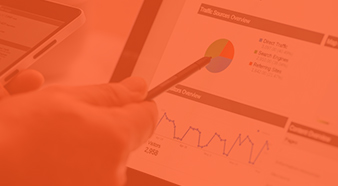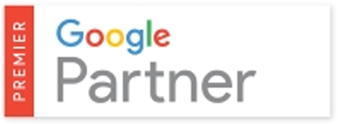The use of statistical information by companies to review how their websites are being found and used is now increasingly important to help understand where usability and marketing improvements can be made. The position of Google Analytics in this sector is now very strong as a free, high quality data source. This newsletter will be covering different aspects of using Google Analytics in forthcoming issues and this month we look at ‘bounce rate’.
The bounce rate figure shown within Google Analytics is one of the most useful indicators within a website’s activity data and is a figure that’s not included in some other analytics products. Bounce rate is described by Google as ‘the percentage of single-page visits or visits in which the person left your site from the entrance (landing) page’.
The figure is shown as part of many of the default data tables within Analytics, such as referral traffic by website or keyword, and by page use within the site. Shown as a percentage figure, bounce rate essentially measures visit quality – a high bounce rate generally indicates that site entrance pages aren’t relevant to your visitors, whereas a low rate means that visitors have progressed further into the site to find information or to take an action.
Of course, as with much of the Analytics results, you need to infer from the data what might be happening once a visitor enter the site. For example, your web page may give visitors exactly what they are looking for (such as a dictionary or other reference site) and so they leave straight away, which will show a high bounce rate. However, all websites ideally need to develop ‘stickiness’ that will retain visitors so that they follow links and use more of the site.
From a marketing perspective, high bounce rates can indicate that the site is attracting the ‘wrong’ type of visitors, or that the landing page is not compelling enough to retain visitors and to convert them into enquiries or sales. If you are running PPC advertising or other online marketing campaigns, a high bounce rate can indicate issues with the keyword targeting and the quality of the landing page, so that changes should be made to the search terms or the content of the page to try to reduce this bounce rate percentage.
This article was first published in the November 2008 edition of our monthly newsletter.
To find out more about Google Analytics and how you can use it effectively for your business, please get in touch for an initial, no obligation, discussion. Alternatively, if you are thinking of using website analytics for the first time, or have already started tracking your visitor data, we can provide you with a FREE analytics assessment to give you an idea of the key elements you should be tracking and reviewing to increase the performance of your website.



